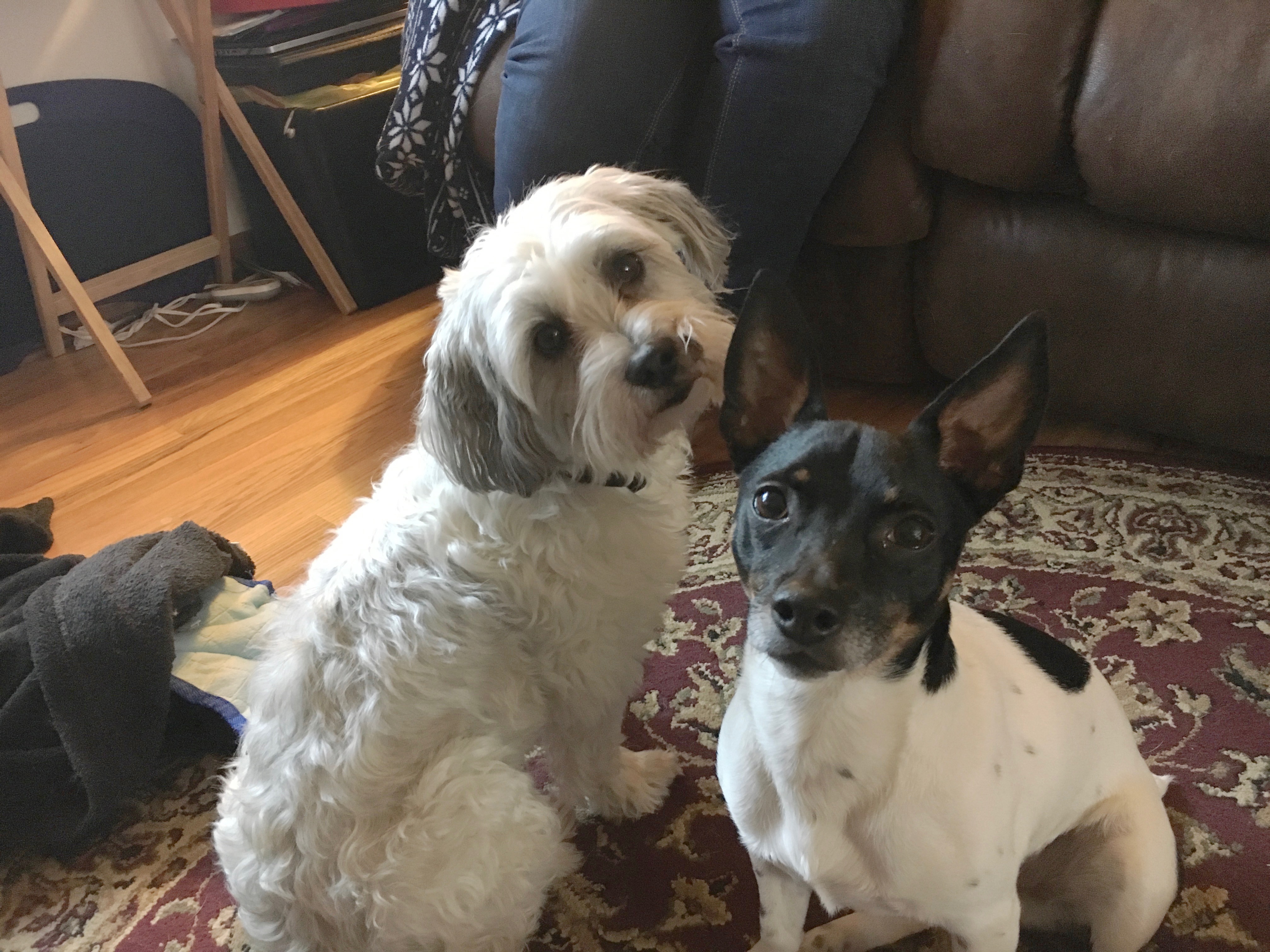Teaching a Rat Terrier to Stop Resource Guarding the Bed
By: David Codr
Published Date: March 22, 2018
For this Nebraska dog training session, we worked with Puff and Beau (right), a 3-year-old Rat Terrier who has resource guarding problems; nipping and biting the husband when he gets close to his wife or their bed at night.
Beau had been returned to the Humane Society multiple times and despite the fact that he was biting the husband, the guardians were committed to fixing Beau’s human aggression problem.
I used a soft approach and was able to befriend Beau right away. I spotted a number of things that were linked to his nipping and biting of the husband; no rules, being able to tell people when to pet him, lower self esteem and humans inadvertently sending mixed messages.
I spent the first half of the session offering tips to help shift the leader follower dynamic. Beau’s guardians are going to have to show him they are the leaders through their actions. This is not about punishing or other negative interactions. This needs to be done through positive dog training methods that motivate the dog to WANT to do what the human does or does not want.
Because he had learned to control them by growling, I used an even more force free approach that usual (which is completely force free, by the way, lol). This involves creating controlled situations where we could help the dog voluntarily do what we want. That way the humans can focus on rewarding good behaviors.
I also emphasized how important it will be to reward desired actions while ignoring the dog or leaving the room if he offers behaviors we want to avoid. By stopping immediately (or within 3 seconds max) we can help him learn what we do and don’t like.
Although I didn’t see it in person, some of the aggressive behaviors his guardians described may actually be resource guarding. I have helped hundreds of dogs stop resource guarding over the years. If you are looking for some free tips to stop a dog from resource guarding, you probably want to check out the video below.
Because Beau showed a positive response to the resource guarding exercise, I suspect this is more of a case of a misunderstood dog. Dogs often bark, lunge or growl as a way of making things go away and I have met many dogs who use these behaviors to control the situation.
Regardless, Beau responded wonderfully to the positive dog training tips and suggestions I shared with his guardians. I sum them up and offer a few dog behavior secrets from this in home dog behavior training session in the roadmap to success video below.
Categorized in: Dog Behavior


